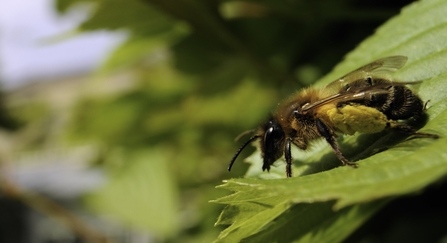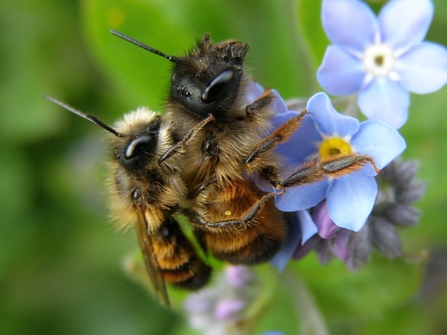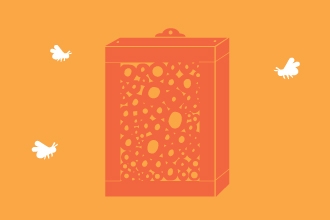Most of us are familiar with honeybees and bumblebees, but did you know that over 90% of the UK’s bees are actually made up of a different species - the solitary bee.
In the UK, there are around 270 species of bee, nearly 250 of which are solitary bees. As their name suggests, solitary bees tend not to live in colonies together like honeybees and bumblebees. Instead of a hive, solitary bees live a single nest hole in soil, sand, wood or even cracks in brickwork.
Solitary bees are excellent pollinators. They are also non-aggressive making them a nice subject to study. The males don’t have a sting and the female’s sting is usually too weak to penetrate the skin.
With so many different species, identification can be tricky. But the main features that differentiate them are their smaller size, furry appearance, and their lack of pollen baskets. Rather than collecting a ball of pollen on their back legs, solitary bees collect pollen on specialised hairs called scopa on the leg or abdomen.











